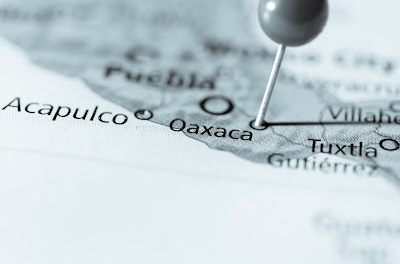Discovering Oaxaca’s Eighth Wonder: The Unveiling of Historic Regional Change
Mexico harbors the magic of countless stories hidden within its vibrant landscapes and ancient cultures. None, perhaps, is as striking and emblematic as the tale of Oaxaca, a region rich in traditions and a lively past. One of the most unexpected twists in Oaxaca’s narrative is the recent change from seven to eight regions, an event that is not widely known, even to those familiar with the mosaic of indigenous life, colonial splendor, and colorful markets that define Oaxaca.
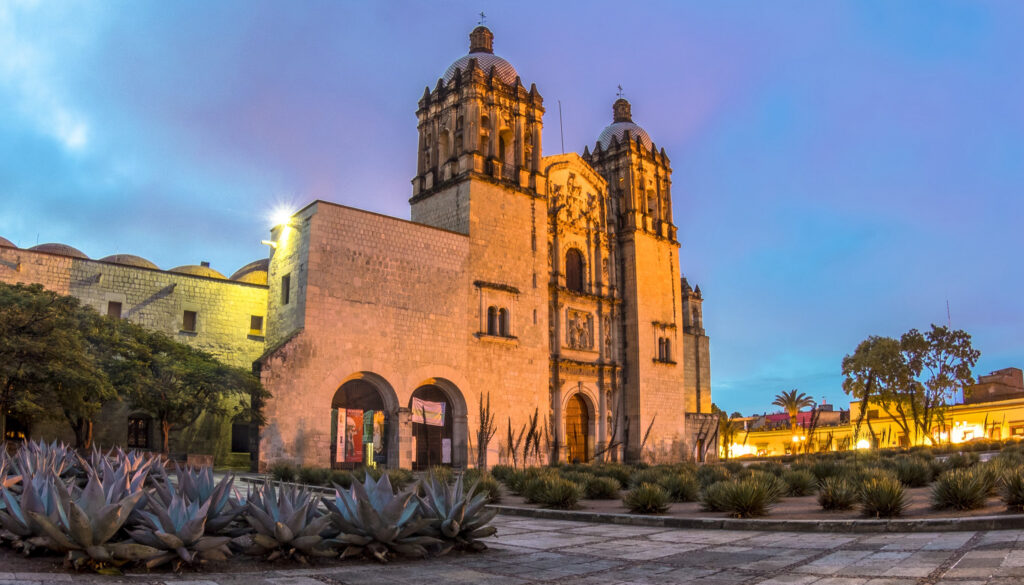

The Legacy of Seven Regions
Once, this sun-dappled land of mezcal and mole was demarcated into seven regions: the Sierra Norte, Cañada, Mixteca, Sierra Sur, Costa, Papaloapan, and Istmo. This historic division was a reflection of Oaxaca's diverse topography, which in turn gave rise to richly varied cultures and traditions. For decades, the number seven was a symbol of unity and multitude, each region contributing distinct flavors to the complex stew of Oaxaca's identity.
Cultural Significance of Regions
Each of the original seven regions had its linguistic heritage and unique cultural tapestry, fiercely maintained by communities both large and small. The people of Oaxaca didn't just live in these regions; they flourished, carving out niches that couldn't be more different had oceans and continents separated them. Their art, their music, their attire, and their community life spoke volumes about their distinct path through history.
La Guelaguetza: A Fusion of Traditions
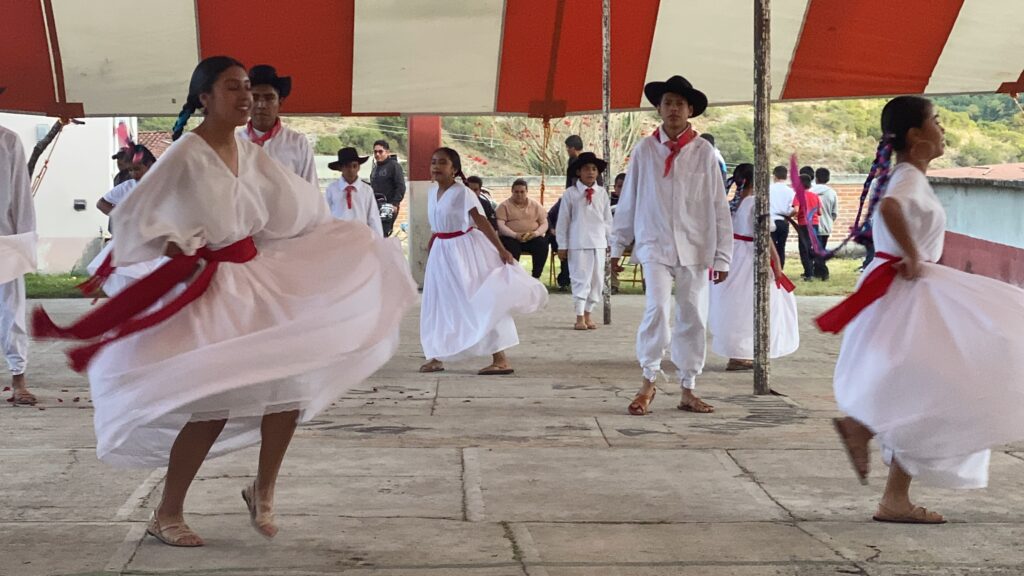

The world-renowned festival of La Guelaguetza encapsulates the unity amidst these splinters of identity. The typical dance of each region was showcased, from the ceremonial dances of the Mixteca to the vibrant costumes of the Isthmus. La Guelaguetza was a testament to Oaxaca's resilience, its will to celebrate diversity, and its ability to weave these disparate threads into a breathtaking array of colors and rhythms.
Adding the Eighth – A Step into the Future
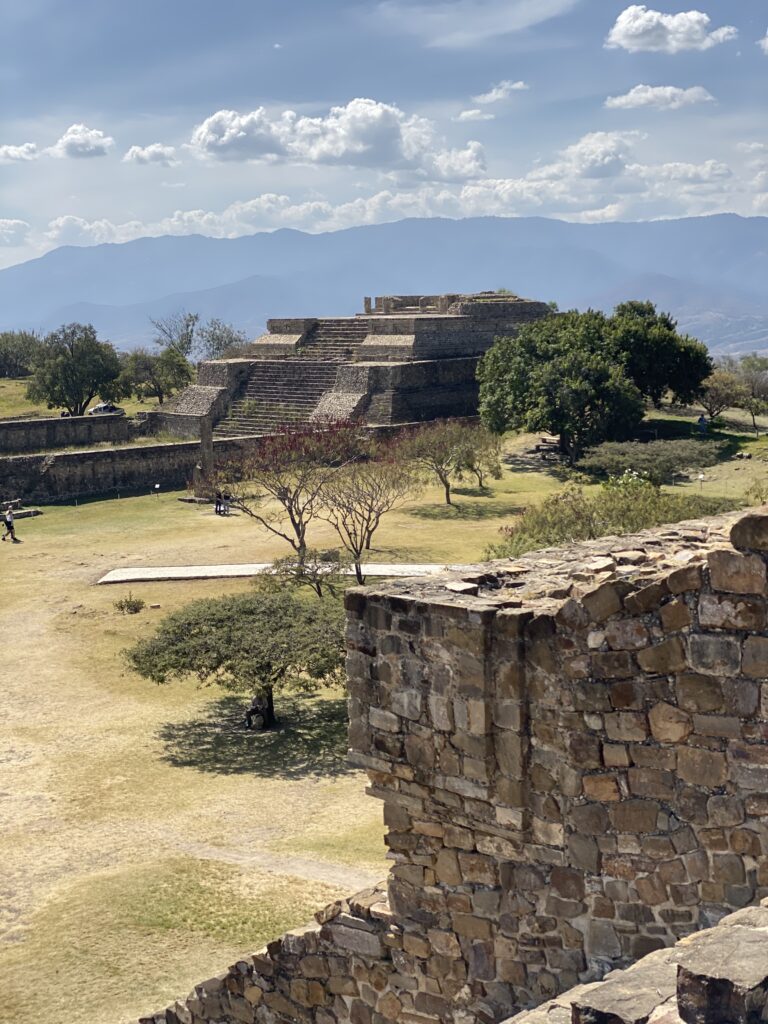

On the 25th of January 2016, the State Congress declared the creation of the new region, Valles Centrales. This was not just an administrative rearrangement; it was a recognition of the historical and cultural importance of the central valleys that encompass Oaxaca City and the ruins of Monte Albán, the ancient Zapotec capital. The significance of this addition cannot be overstated; it shifted not only the abstract lines on a map but the very heart of Oaxaca's identity.
What Does an Additional Region Mean?
An extra region demands a new narrative, a fresh perspective on what Oaxaca is and what it aspires to be. This regional creation isn't just about distribution of resources or reorganization of government; it is about carving out a space that allows for the environment, economy, and social structures unique to the Valles Centrales to thrive. It was the evolution from the historical significance of sites such as Mitla and Yagul to a contemporary recognition by the state.
The Implications of Change


Any structural shift in a land so steeped in history begs the questions: What brought about this change, and how does it affect the wider context of Oaxacan culture?
The Why
The reasons for the addition of the eighth region are multifaceted. It is, in part, about recognition. For decades, those familiar with Oaxaca bemoaned the lack of distinct representation for the Valles Centrales. This addition rectifies that, giving a platform for this pivotal region, rich in history and home to many, to stand on its own.
A New Identity
With the new region, comes a new understanding of Oaxaca's identity. The accent now shifts slightly towards the Valles Centrales, which have long been a nexus of Oaxacan life. Strengthening this region means enhancing Oaxaca as a whole.
Economic and Community Development
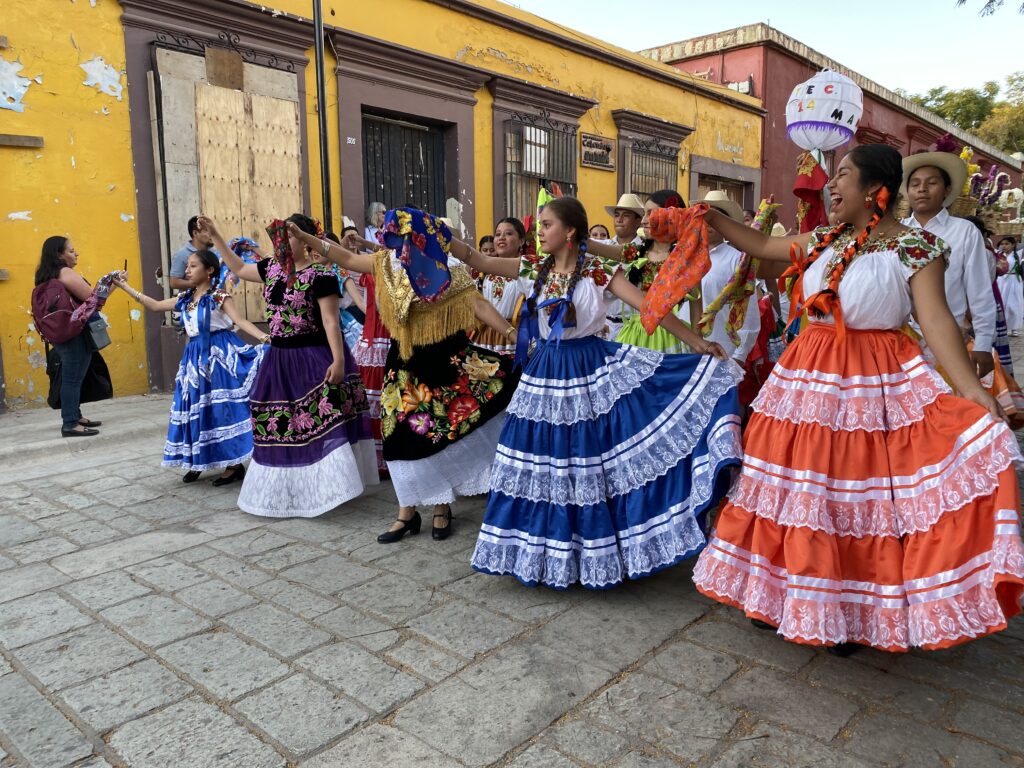

The hope is that this reorganization will lead to a more significant investment in infrastructure, education, and community development tailored specifically to the needs of the Valles Centrales. This would not only benefit those directly within the eighth region but also the wider Oaxacan populace.
The Unfolding Story
Oaxaca has always been a land of rich narratives, and the addition of its eighth region marks the start of a new chapter in its history. As Oaxaca continues to evolve, it is important that we, as both stewards and admirers of the region, remain open to these changes.
In embracing the new division, we acknowledge the legacy of what has come before and that history, like the land, is never truly static. In shedding light on this obscure transformation, we propel the story of Oaxaca forward, ensuring it remains as dynamic and intriguing as the people who call it home.
Exploring Oaxaca’s Eight Regions


The next time you find yourself in Oaxaca, perhaps during the vibrant celebration of La Guelaguetza, take a moment to understand what each step means in this time-honored tradition. Explore the extra region and all that it offers, and you will see that while Oaxaca may have changed on paper, its spirit remains the same — resilient, inclusive, and infinitely rich.
By acknowledging the eighth region, we pay homage to the countless threads that have been intricately woven over centuries, each one adding depth and character to this cultural tapestry. And so, Oaxaca opens her arms to the world, ready to showcase a story that now has room for one more region, one more dance, and one more reason to be celebrated.





